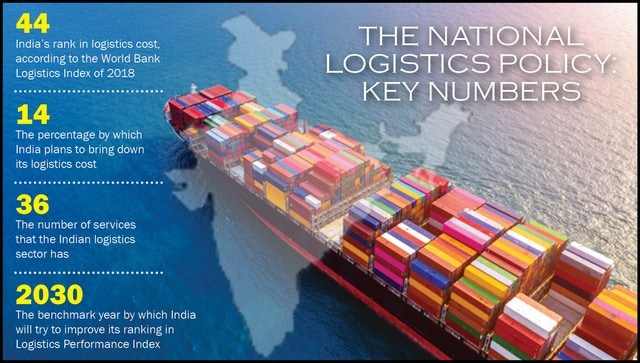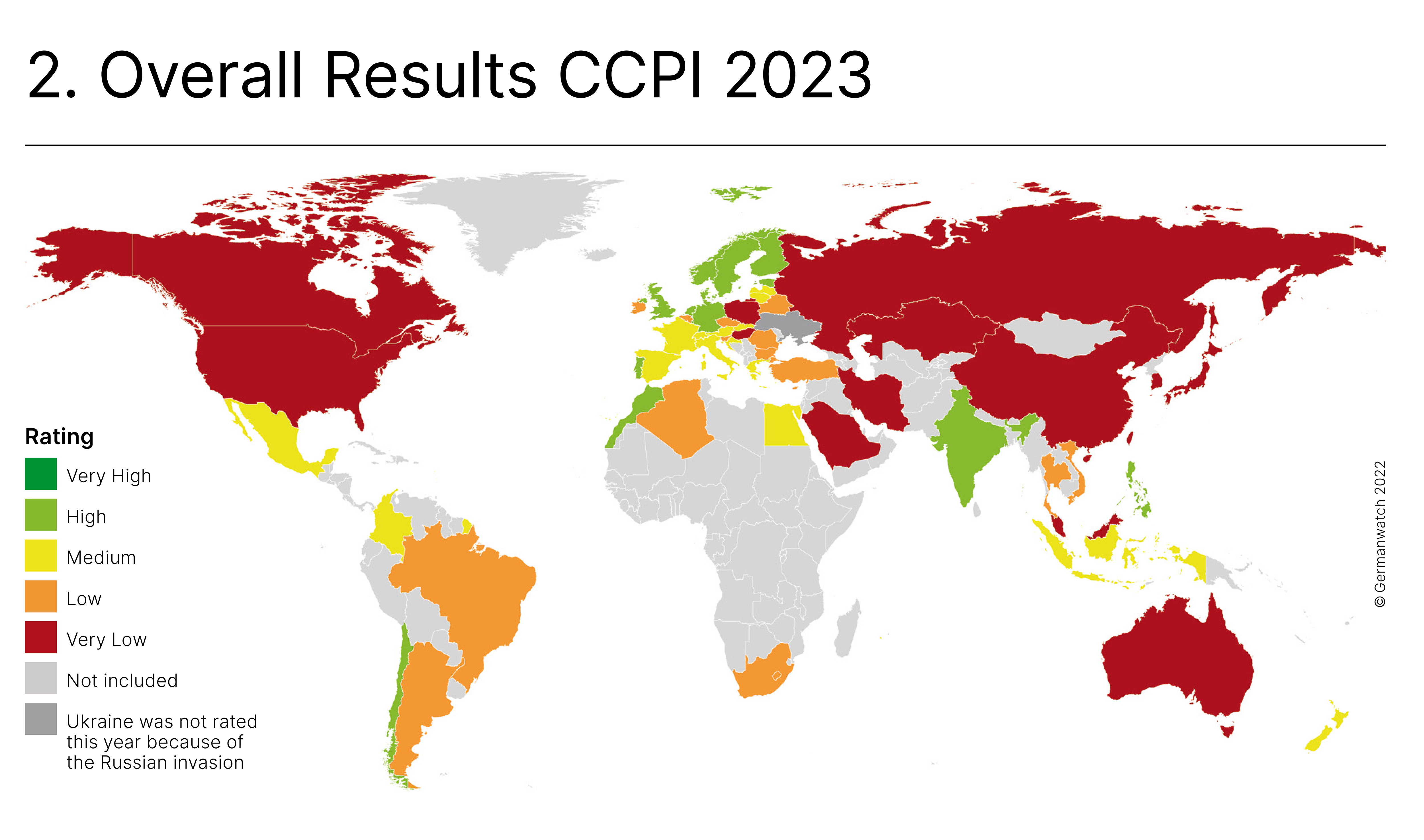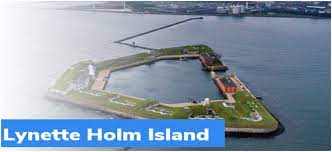National Logistics Policy
Context: India has unveiled its National Logistics Policy (NLP) with the aim of promoting the seamless movement of goods and enhancing the competitiveness of the industry.
-The National Logistics Policy was also announced in the Budget for 2022-23.
-India ranked 44th in World Bank Logistics Performance Index 2018.
-Gujarat has topped the Logistics Ease Across Different States (LEADS) 2021 index
-India’s logistics sector is highly defragmented and very complex.
-This sector provides employment to more than 22 million people and is expected to grow at the rate of 10.5% over the next 5 years.
-Logistics is also the backbone of India’s international trade and will help in the diversification of not only India’s export basket but also of products and countries.
Aim: Reducing costs for the logistics sector to 10 per cent in five years.
-Develop skills among youth and create employment opportunities.
-Promote the seamless movement of goods and enhance the competitiveness of the industry across the nation
-Focus on some key areas like process re-engineering, digitization and multi-modal transport
Four Major Steps Under National Logistics Policy: Integration of Digital System (IDS): Different systems of seven different departments (such as road transport, railway, customs, aviation, foreign trade and commerce ministries) will be integrated digitally.
Unified Logistics Interface Platform (ULIP): It will also lead to improving shorter and smooth cargo movement. It will also enable information exchange on a real-time basis in a confidential manner.
NICDC’s (National Industrial Corridor Development Corporation) Logistics Data Bank Project has been leveraged to develop ULIP.
-Ease of Logistics (ELOG): It will simplify the rules and ease the logistics business.
-System Improvement Group (SIG): monitoring all logistics-related projects regularly and tackling all obstacles.
-Other steps taken by the government:Logistics division in the Commerce department has been created.
Gati Shakti Scheme-
-Bharatmala Program (building about 84,000 Km of new highways)
-Sagarmala Project (unlock the potential of the country’s 7,5000 Km coastline and 14,500 Km of navigable waterways)
-Railways: Freight corridors.
-Previously, the government plans to replace the Multimodal Transportation of Goods Act, 1993 (MMTG) with a National Logistics Efficiency and Advancement Predictability and Safety Act (NLEAPS)




.jpg)
.jpg)
.jpg)
.jpg)
.jpg)




.jpg)
